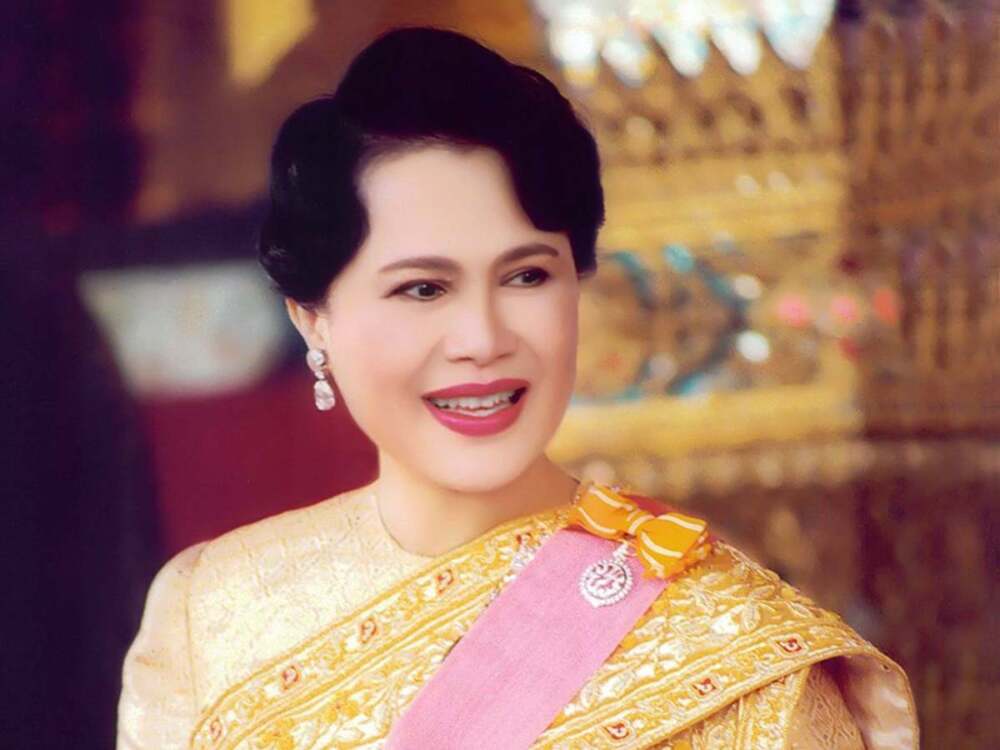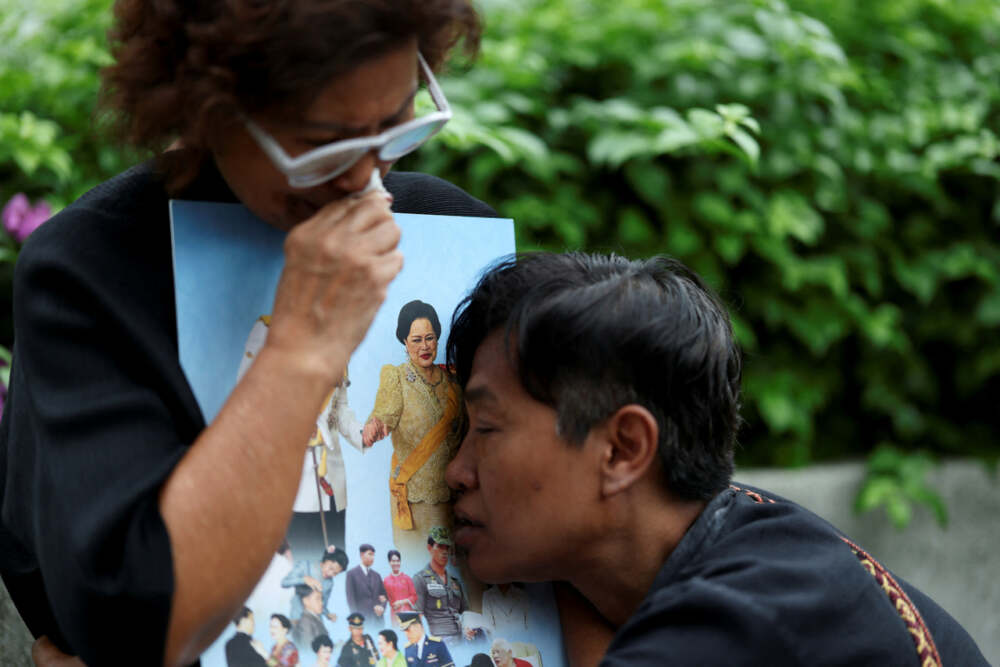Bangkok — The Kingdom of Thailand has entered a period of deep mourning following the death of Queen Mother Sirikit, one of the nation’s most beloved and enduring royal figures. The 93-year-old queen, who was widely revered as the “Mother of the Nation,” passed away after a prolonged period of illness, marking the end of an era for the Thai monarchy and its people.
A Queen Beloved by Her People
Queen Mother Sirikit, born Sirikit Kitiyakara on August 12, 1932, was the daughter of Prince Chandaburi Suranath and Mom Luang Bua Kitiyakara. Her upbringing in an aristocratic family prepared her for a life of duty, grace, and public service. She met the late King Bhumibol Adulyadej in Paris while her father served as Thailand’s ambassador to France, and the two married in 1950. Their union became one of the most celebrated royal partnerships in modern history.
For more than six decades, Queen Sirikit served alongside King Bhumibol, accompanying him on official tours across Thailand and abroad. Together, they represented stability and continuity during periods of political upheaval and modernization. Her compassion, elegance, and humanitarian efforts earned her immense affection from the Thai people.
Champion of Culture, Charity, and Rural Development
Beyond her royal duties, Queen Sirikit was a tireless advocate for Thailand’s rural and cultural development. She was particularly passionate about improving the lives of women and farmers in remote areas. Under her patronage, numerous initiatives were launched to promote traditional crafts, weaving, and silk production — a field she elevated to global recognition.
Her support for the Thai silk industry transformed it from a struggling craft into an internationally celebrated art form. Designers and cultural historians credit her with preserving a key part of Thailand’s identity. The Queen’s Foundation for Promoting Supplementary Occupations and Related Techniques (SUPPORT), which she established in 1976, helped thousands of families gain stable incomes through handicrafts and sustainable farming practices.
“She was not only a queen but a mother to millions,” one Bangkok resident said after hearing the news. “Her projects brought dignity and opportunity to people who had little before.”
A Symbol of Elegance and Grace
Queen Sirikit was also known as one of Asia’s most stylish royals. During the 1960s and 1970s, she represented Thailand on numerous international tours, captivating audiences with her poise and traditional Thai-inspired attire. Her wardrobe, created in collaboration with international designers, became a cultural statement that combined Thai heritage with modern sophistication.
Her elegance and diplomacy helped shape Thailand’s global image during the mid-twentieth century, often drawing comparisons to other iconic royals like Queen Elizabeth II and Queen Noor of Jordan. Her fashion legacy continues to inspire Thai designers today, blending national pride with global relevance.
Years of Declining Health
Queen Sirikit’s public appearances became increasingly rare after she suffered a stroke in 2012. For much of the past decade, she lived quietly under medical care, occasionally issuing messages of gratitude to the Thai people on national holidays. Despite her absence from public life, her influence remained strong.
Her health deteriorated further in recent weeks, and royal doctors confirmed that she passed away peacefully at Chulalongkorn Hospital in Bangkok. Her passing was officially announced by the Royal Household Bureau, prompting a wave of grief across the nation.
An Outpouring of Grief Across Thailand
Following the announcement, temples across Thailand began tolling their bells as citizens laid flowers and lit candles in her memory. The government has declared a period of national mourning, with flags flown at half-mast for 30 days and royal household members expected to observe a year-long mourning period.
Thousands gathered outside the Grand Palace and Sanam Luang in Bangkok to pay their respects. Many wore black as a sign of mourning, while others prayed silently for the Queen Mother’s peaceful journey. Messages of condolence poured in from leaders across the world, reflecting her stature as a respected and admired figure on the international stage.
Prime Minister Srettha Thavisin expressed the nation’s grief, calling Queen Sirikit “a symbol of compassion, wisdom, and enduring strength.” The government urged citizens to remember her through acts of kindness, service, and respect for Thai traditions — values she championed throughout her life.
Her Legacy Lives On
Queen Mother Sirikit’s death marks a profound moment for Thailand’s monarchy. Her son, King Maha Vajiralongkorn (Rama X), who ascended to the throne in 2016 after the passing of King Bhumibol, has spoken often of his mother’s influence on his own life and reign.
Her decades of service and unwavering devotion to the Thai people helped solidify the monarchy’s central role in national unity. Even in her later years, she remained a moral compass and cultural symbol for millions.
Her legacy endures not only through the institutions she helped build but through the countless individuals whose lives were improved by her compassion. Schools, hospitals, and community centers across Thailand bear her name — each serving as a living testament to her lifelong commitment to the welfare of her people.
The End of an Era
With her passing, Thailand bids farewell to a generation of royals that guided the nation through modernization, global engagement, and political change. The partnership of King Bhumibol and Queen Sirikit remains deeply etched in the hearts of the Thai people — a symbol of duty, love, and national pride.
For many Thais, Queen Sirikit’s memory will forever be associated with the values of resilience, charity, and devotion to the nation. Her portraits, often showing her radiant smile and traditional Thai attire, adorn homes and public buildings throughout the country.
As Thailand enters a period of mourning, the world joins in remembering a queen who personified grace, compassion, and the timeless spirit of her nation. Her death closes one of the most significant chapters in modern Thai history — but her influence will continue to inspire generations to come.
















Leave a Reply